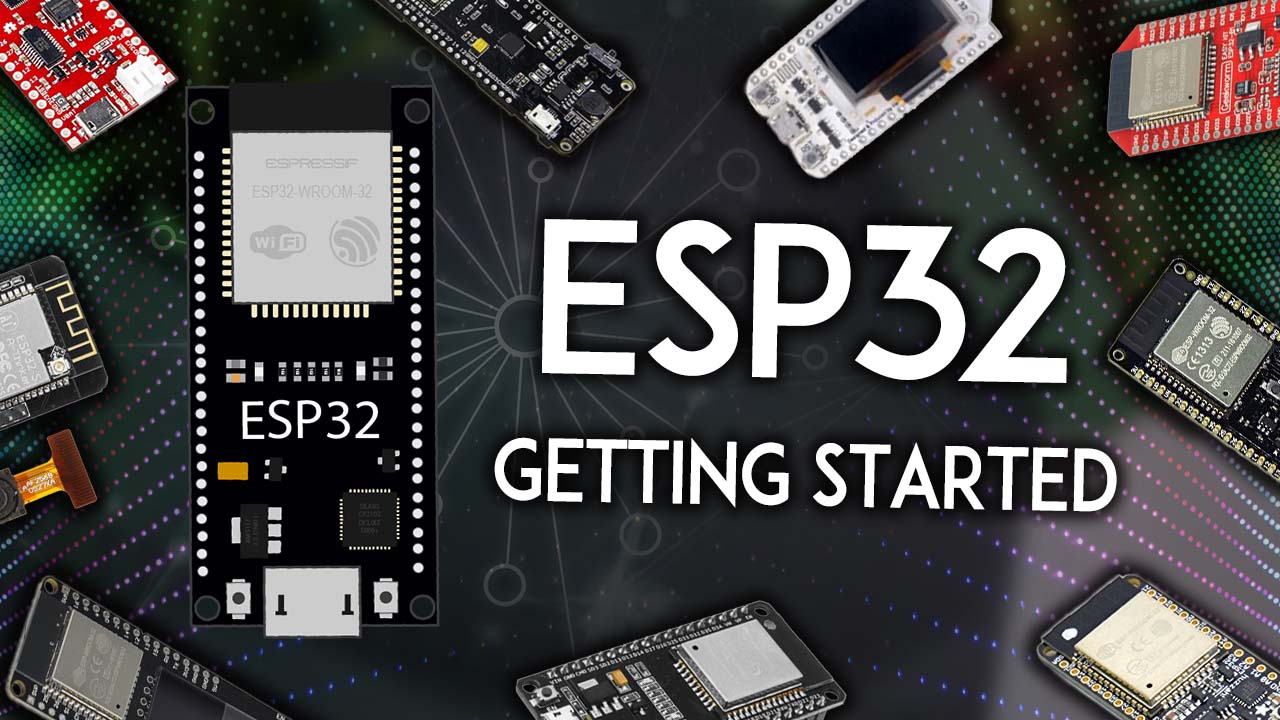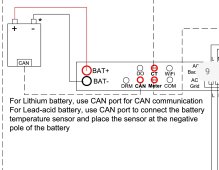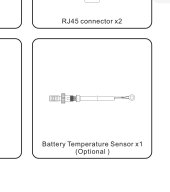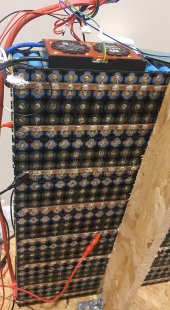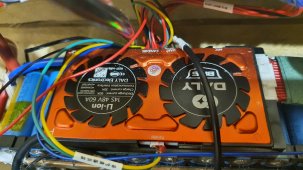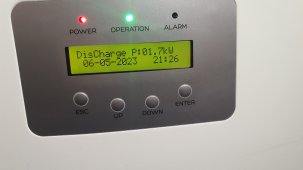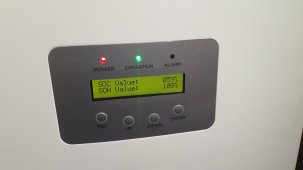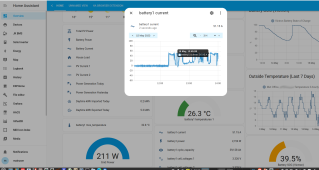sijones2010
New Member
- Joined
- May 31, 2021
- Messages
- 100
Quick peek to what's coming, the web page will work with the esp that is already in use, the display support requires an m5stack core or core 2.
And hopefully this release won't require any programming knowledge as you'll just be able to use the esp flasher and then configure everything after flashing!
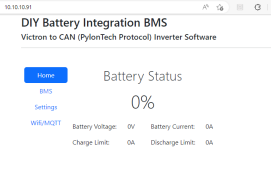
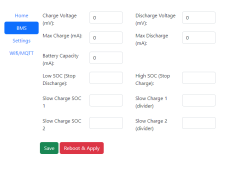
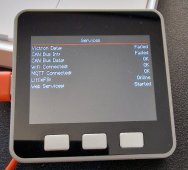
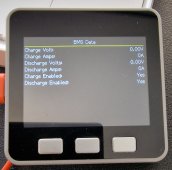
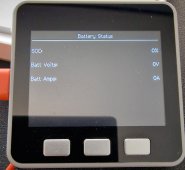
And hopefully this release won't require any programming knowledge as you'll just be able to use the esp flasher and then configure everything after flashing!








